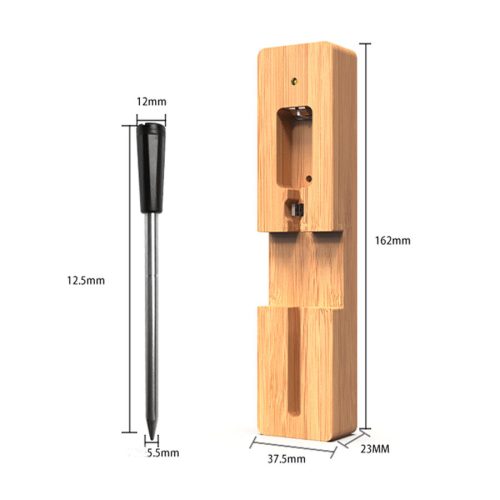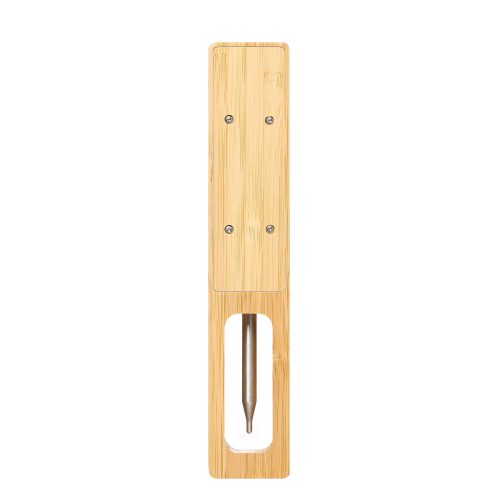Proper maintenance ensures that your hygrometer continues to provide accurate readings over time. Here are some maintenance tips for caring for your hygrometer:
Regular cleaning:
Gentle cleaning: Use a soft, dry cloth to wipe the surface of the hygrometer regularly to remove dust and dirt. For stubborn stains, lightly dampen the cloth with water or a mild cleaning solution, if necessary.
Avoid harsh chemicals: Refrain from using harsh chemicals or abrasive cleaners as they might damage the hygrometer’s surface or affect its accuracy.
Calibration checks:
Periodic calibration: Check the accuracy of your hygrometer periodically using a calibration kit or a salt test (as mentioned earlier in the calibration section).
Follow manufacturer’s instructions: Refer to the manufacturer’s guidelines for calibration procedures specific to your hygrometer model.
Battery replacement (for digital hygrometers):
Check battery life: Monitor the battery life of digital hygrometers and replace batteries when necessary to ensure consistent operation and accurate readings.
Use high-quality batteries: Use high-quality batteries to avoid leakage that could damage the hygrometer.
Proper placement:
Avoid extreme conditions: Place the hygrometer away from extreme temperatures, direct sunlight, drafts, or areas with excessive moisture. Extreme conditions might affect its accuracy and lifespan.
Correct positioning: Ensure the hygrometer is placed in an area representative of the space you want to monitor. Avoid placing it near heat sources or air vents that might skew readings.
Handle with care:
Avoid dropping: Handle the hygrometer with care to prevent accidental dropping or impacts that might damage its internal components.
Follow instructions: Always follow the manufacturer’s instructions for handling, installation, and maintenance specific to your hygrometer model.
Regular checks:
Verify readings: Occasionally verify the hygrometer’s readings against another calibrated device to ensure accuracy.
Observe changes: Pay attention to any sudden or consistent changes in readings, which might indicate a need for calibration or potential issues with the hygrometer.
Storage:
Proper storage: If not in use for an extended period, store the hygrometer in a clean, dry place to protect it from dust and moisture.
By following these maintenance tips, you can prolong the life of your hygrometer and ensure that it continues to provide accurate humidity measurements for your indoor environment or specific applications.


